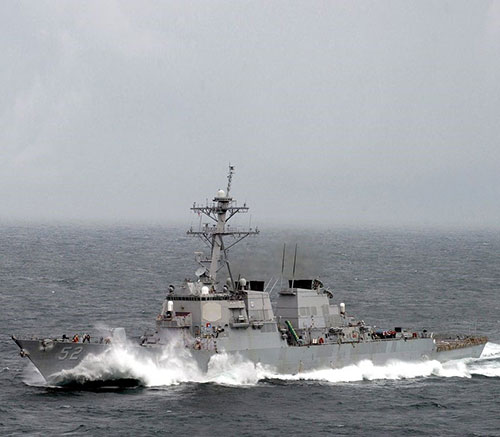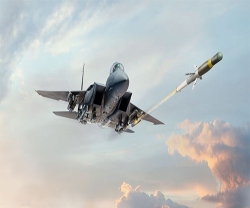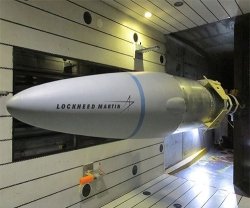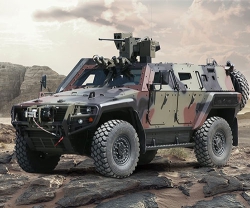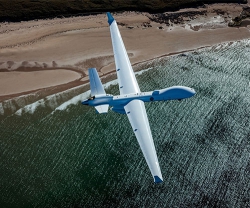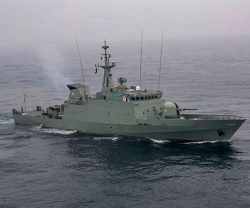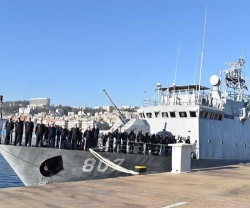The U.S. plans to add hypersonic weapons to nearly a quarter of the ships in the U.S. Navy’s fleet. National Security Advisor Robert O’Brien told an audience that the service will deploy new hypersonic weapons on all 69 of its guided missile destroyers, Popular Mechanics reported.
The Navy is already planning to add the new missiles to new versions of the Virginia-class nuclear-powered attack submarine.
The new missile, Conventional Prompt Strike (CPS), is designed to travel at hypersonic speeds to quickly target emerging threats. Hypersonic speeds are defined as speeds above Mach 5, or 3,836 miles per hour. CPS will use a U.S. Navy booster rocket and a hypersonic weapon glide body jointly developed with the U.S. Army.
The Navy has long planned to add CPS to new Virginia-class submarines modified to carry additional payloads, with the first of the new subs to enter service in 2028. Earlier this year, the U.S. House of Representatives planned to mandate installing them on the new Zumwalt-class destroyers.
NSA O’Brien said the new missiles will first go on the Virginias, then the Zumwalts, and then on to all of the Arleigh Burke-class guided missile destroyers.
The Navy plans to buy eight Virginia submarines capable of carrying CPS. The Navy’s destroyer fleet includes one Zumwalt-class destroyer (three ordered) and 68 Burke-class destroyers (approximately 90 ordered). That means eventually more than one-third of the current size of the U.S. fleet (296 warships) will carry hypersonic weapons.
We don’t know much about CPS. While the missile is considered a hypersonic weapon, its exact speed is still a closely held secret. The Secretary of the Army boasted that the March 2020 missile test struck the target within 6 inches of the target, making it remarkably accurate for such a fast weapon.
The missile’s range is also secret, but the Union of Concerned Scientists estimates the May 2020 test weapon flew a total distance of 2,485 miles, while noting it was half the distance originally forecast for the weapon. The Pentagon has said all hypersonic weapons in current development will carry conventional warheads. We don’t know if the missile can track moving targets, but if it can, it would make a deadly anti-ship missile.
CPS is a boost glide weapon system, using a rocket booster nearly 3 feet wide to propel the weapon into the upper reaches of Earth’s atmosphere. Instead of continuing into low-Earth orbit like a ballistic missile warhead, the glide body stops short of entering space, pitching its nose downward toward the target. The glide body then streaks down upon the target at hypersonic speeds, decreasing the amount of time the defender has to shoot it down.
The big question about CPS is how the Navy will fit the weapon on the Burke-class destroyers. The Burkes, largely considered the backbone of the surface fleet, are heavily armed, and there isn’t much room for new weapons. Each destroyer has between 90 and 96 vertical launch missile silos, but the silos are too small to fit a weapon nearly 3 feet in diameter.
One possibility: Perhaps the Navy installs larger silos as it upgrades older Burkes. The lead ship, Arleigh Burke herself, was commissioned in 1991 and needs to be retired or refurbished by 2026. That said, it may not make financial sense to refurbish the new ships.
The Navy also wants more silos in the fleet, and bigger hypersonic silos will come at a cost of smaller silos capable of carrying a broader array of both offensive and defensive weapons. Or, as Defense News writes, the Navy could instead develop a smaller version of CPS that can fit in the existing silos.

